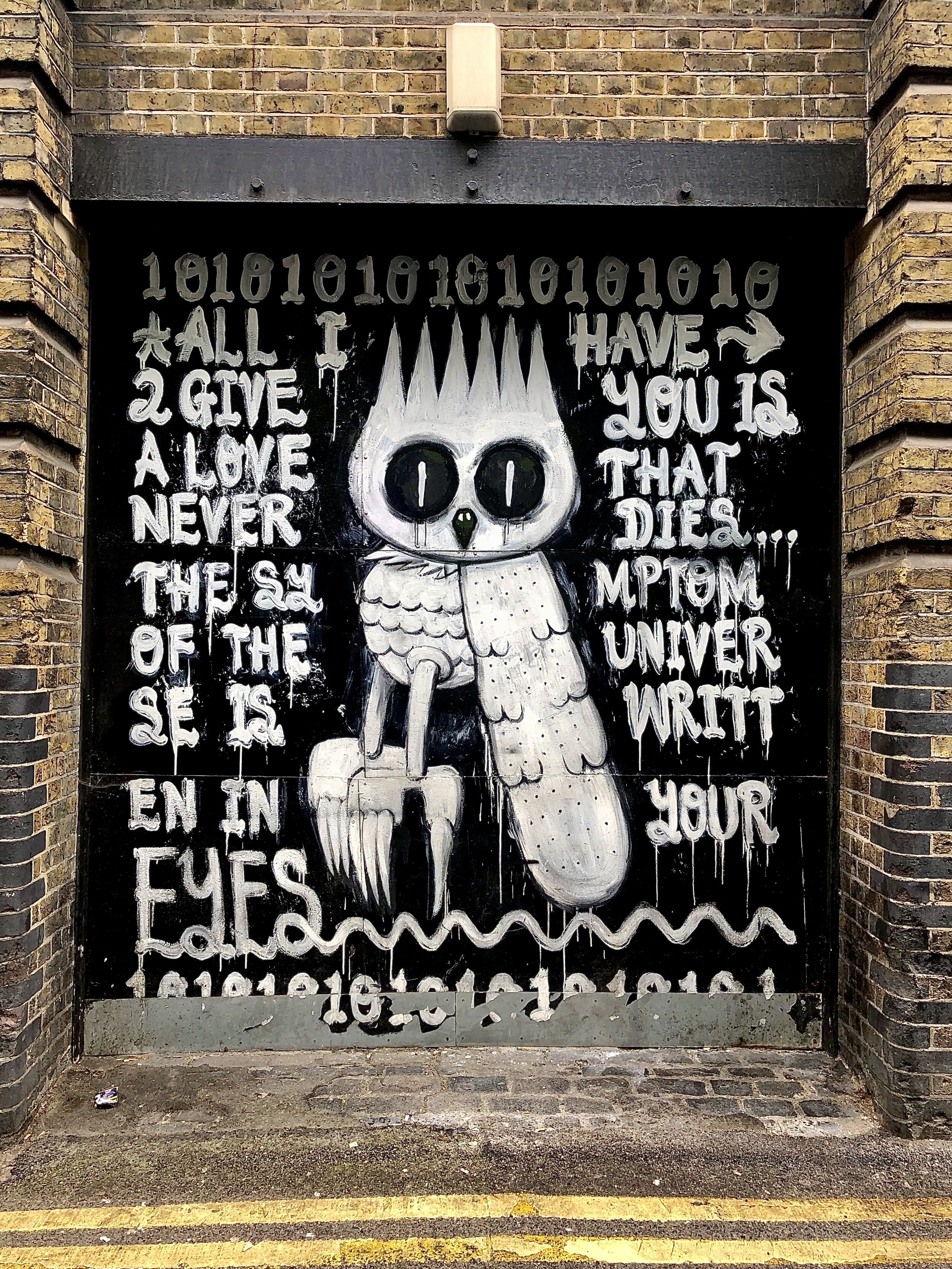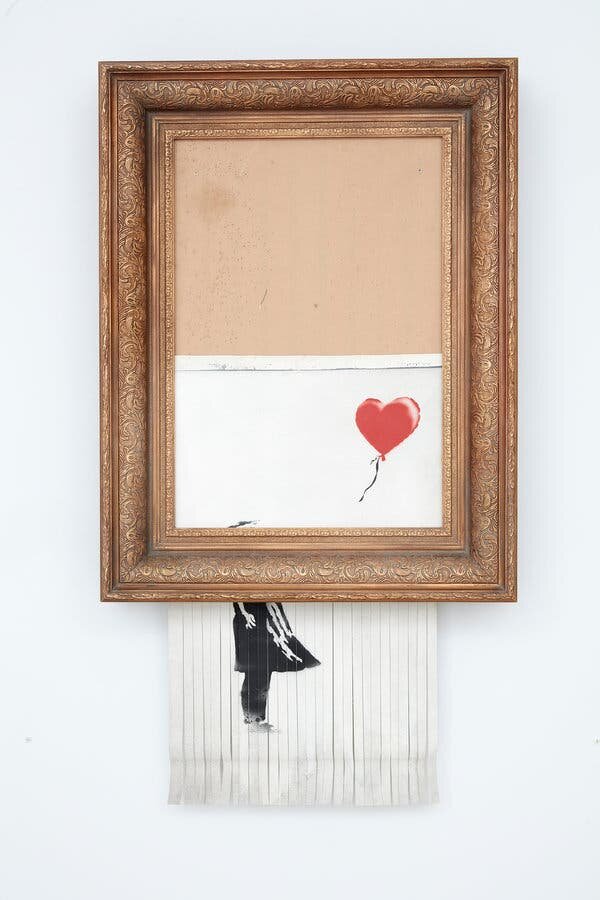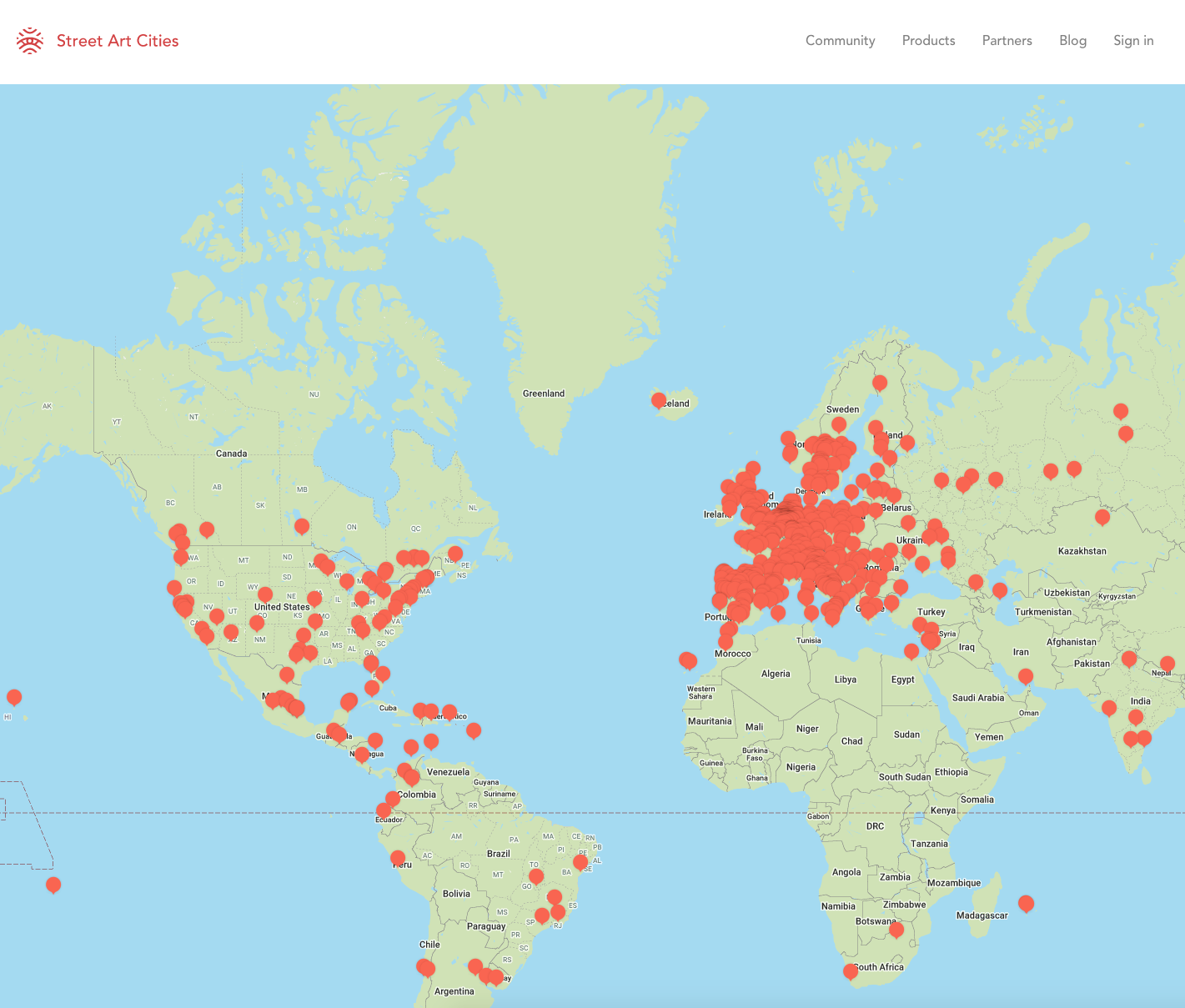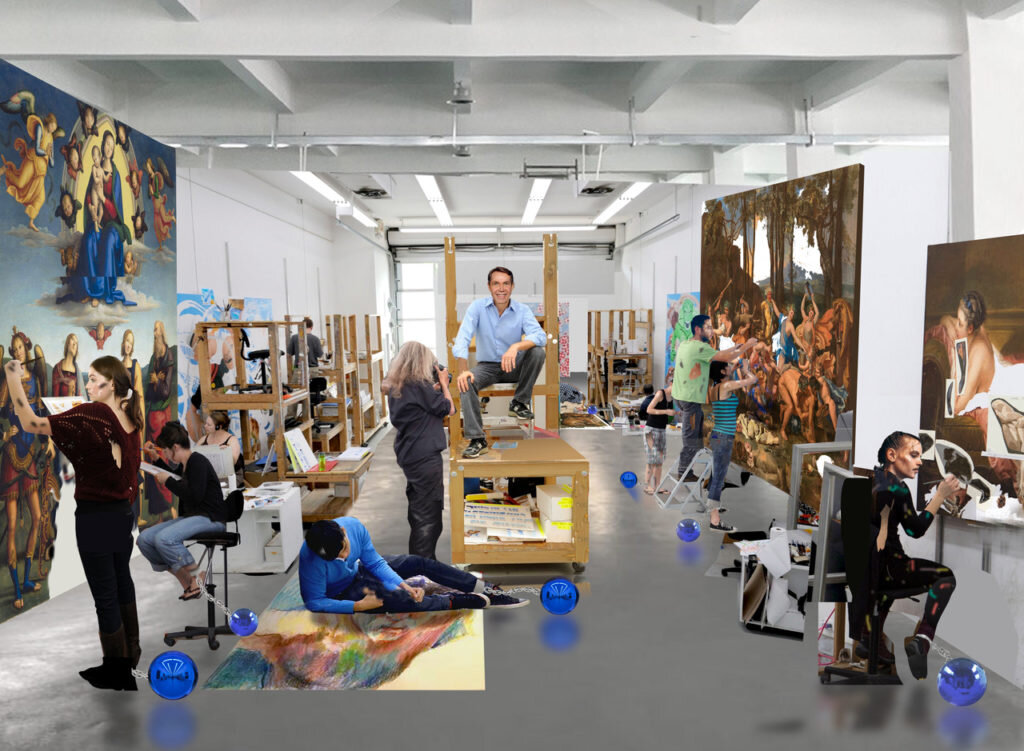In the Avant-Guardian Musings "Bonus Assignment" series, I will occasionally post creative prompts for students to explore and expand their understanding around a range of art history and visual culture studies topics. These assignments will be collected under the Resources section of my website, hashtagged #bonusassignment under Search, and available as an Open Education Resource for educators.
Modern and contemporary art historians have long had a love/hate relationship with graffiti and street art. There are many reasons for this, including the difficulty of categorizing a form of visual culture that has most often been linked to a legacy of vandalism, populism, and untrained artist practitioners. There is also the ephemeral, anonymous, and public nature of the practice, working against traditions and norms in the long history of art that seeks to isolate, collect, and elevate art into its own special sphere. Put more simply, graffiti and street art breaks the rules, conventions, and expectations of the art world. And, until recently, graffiti and street artists have found very little legitimacy with collectors, curators, and especially those who help shape the critical dialogue and discourse within academic art history.
The street artist Banksy is sometimes compared to Marcel Duchamp in terms of his avant-garde gestures and challenge to the institutions of art. In 2018, this Banksy work titled Girl With Balloon famously “shred itself” at the moment it was sold at auction for $1.4 million.
But it is also precisely for these same reasons that many of us—especially those art historians like me who research and focus on urban space and the avant-garde—find graffiti and street art among the most radical, relevant, and compelling forms of contemporary art being produced today. It is a form of artistic expression that gains power through its high level of visibility to a broad cross-section of the public, challenging the notion of art’s elite status and separation from the everyday. For several years now, I have sought to include the history and influence of graffiti and street art in many of my courses (including developing one dedicated upper-level art history course on the topic that is now in regular rotation at KPU). I have also made many visits, on my own and with the field school, to cities and spaces where graffiti and street art have long and complicated histories.
The bonus assignment provides an opportunity to practice traditional art history research and analytical skills (examining FORM, CONTENT, and CONTEXT, along with analysis and evaluation of exhibitions) through a closer engagement with street art. Students will first be asked to tour and reflect upon virtual street art exhibitions from the Google Street Art Project, and then be directed to explore street art that has been crowd sourced and mapped from cities all over the world on the Street Art Cities website.
INSTRUCTIONS:
STEP ONE: Go to the Google Street Art Project Website and browse and do a virtual visit of the featured Online Exhibitions.
STEP TWO: Select any ONE of the featured street art exhibitions and write a reflective short review (500-750 words) about what you have encountered addressing the following questions:
Briefly describe what the exhibition is about (where it is located and its primary theme), identifying what drew you to the exhibition and why you ultimately chose to write about it. Please make sure to also provide a clear link to the chosen exhibition so that I can find it quickly while grading.
How is the street art presented? What kind of narrative is created about the works? How are they made to relate to one another, and why?
In terms of the actual artworks, describe what the chosen pieces have in common in terms of their FORM (how the artworks are put together visually/materially) and CONTENT (the stories imparted by the images).
Speculate on why you think this particular project was chosen by Google Street Art for inclusion in the larger website. Take into consideration the urban locale, the chosen themes of the exhibition, and the street artists featured.
The Google Street Art Project is one of the most comprehensive sites on the Internet inventorying curated street art exhibitions. Many of these public art events are largely ephemeral and tough to locate after the fact, so this is a resource that has attempted to catalogue a very small cross-section of what can be experienced out in the urban environment all over the world.
STEP THREE: Please go to Street Art Cities and do a virtual visit of the Street Art Cities map. This website and app updates crowd-sourced street art discoveries daily. A nice place to start is on their homepage where the most recent uploads are featured.
Choose TWO CITIES from anywhere in the world that are on different continents (Africa, Antarctica, Asia, Australia, Europe, North America, South America) and pick one street art project from each of the two cities to put into comparison and contrast with one another. If you don’t know where to begin in the cities you choose, you can use the “Random” function to generate selections until you find something of interest to you.
Many crowd-sourced apps and websites have come and gone over the years that attempt to map street art from around the world. The Street Art Cities Map is among the most active, although more Eurocentric than the original Google Street Art Map (which has sadly been neglected in recent years).
STEP FOUR: Now, you can begin the process of inventorying the street art projects’ attributes using FORM, CONTENT, and CONTEXT to guide you. Take notes on your points of comparison and contrast, and make sure to consult the entry about basic information given to you by the “Details” section of each street art work. You can also do a small amount of online research concerning the city/country of the projects to help you speculate about the CONTEXT (the circumstances/history/background information concerning its production) of your chosen street art projects.
Write up your final comparison and contrast in a 500-750 word response, beginning with a short description identifying each project and where they are located, and then working through how they compare and contrast in terms of their FORM, CONTENT, and CONTEXT. Please make sure to provide either a screen grab image or links to the two chosen images so that I can find them quickly while grading.








